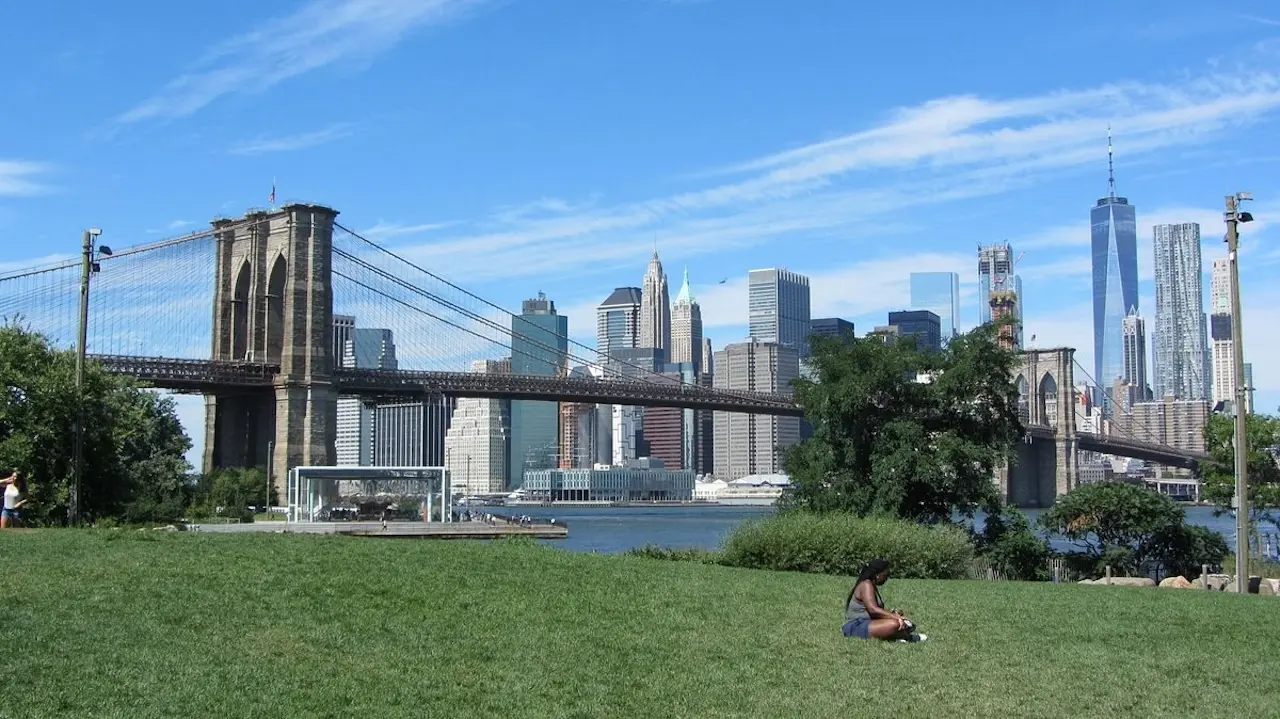Streetcars Turn Flatlands From Marshes to Homes, Brooklyn’s Suburban Shift Begins

As New York City strains to house ever more residents, examining neighborhoods like Flatlands reveals the forces that shape urban evolution—and the limits of metropolitan reinvention.
On a summer stroll down Avenue N, the inconspicuous grid of Flatlands in southeastern Brooklyn gives little away. Yet behind its chain stores, tidy houses, and intermittent parks lurks a history as stratified as Brooklyn itself. Flatlands, now home to some 65,000 souls, began life not as suburb but as swamp: marshland, farmland and woodland, crisscrossed by creeks and enveloped in silence broken only by the swish of reeds and the calls of oystercatchers. Few present-day residents recall that until the late 19th century, much of this tract was so soggy it defied the ambitions of early Dutch settlers, whose windswept barns peppered the miry expanse with obstinate optimism.
That would not last. Flatlands’ transformation from backwater to bona fide Brooklyn neighborhood—its streets laid straight over former wetlands, its houses lining what were once cow paths—was set in motion by an unglamorous but pivotal invention: the streetcar. As rails radiated out from downtown Brooklyn in the 1890s, Flatlands transitioned from agrarian periphery to residential promise, a pattern repeated across the expanding city. By the advent of the automobile era in the 1920s, dusty lanes evolved into paved thoroughfares, and Flatlands’ fate as a “streetcar suburb” was sealed, even as its marshes were filled in and its farms razed or subdivided.
For all its placidity today, this transition carries far-reaching implications. New York’s growth has always been an enterprise of reclamation: swamps to housing, shorelines to sugar docks, factories to lofts. Flatlands personifies this relentless reshaping. Its tale is not simply a nostalgic footnote but a parable for twenty-first-century dilemmas. For city planners, the phased development of Flatlands raises perennial questions: How much more of the city can be re-engineered to absorb newcomers? What is lost in the process—not merely habitats, but the memory of a less engineered, more contingent New York?
Residents now enjoy relative quiet and modest prosperity, but Flatlands is neither anodyne nor immune to city pressures. Its older, single-family homes attract upwardly mobile families outpriced in neighboring Canarsie and Midwood. Yet such migration inflates property values and stirs tensions around zoning, density, and infrastructure. The conversion of marshes to rectangles of brick has heaped costs onto city services—ranging from sewer upgrades to flood mitigation—challenges that threaten to outpace municipal budgets, especially as climate change revives some of the flood risks long thought consigned to history.
Economically, Flatlands has tracked wider Brooklyn: from rural outlier to crucial node in a sprawling metropolitan economy. The rise of e-commerce and remote work in the wake of the pandemic has only intensified competition for space. Even modest homes in Flatlands fetch upwards of $600,000, a figure that would have beggared belief among market gardeners two generations ago. Between 2010 and 2020, Flatlands’ population grew twice as fast as Brooklyn’s average, attracting immigrants and the children of earlier waves alike. The pressure to subdivide homes, convert garages, or replace bungalows with multifamily units has steadily increased—a pinch felt most acutely by renters and lower-income families.
Politically, Flatlands also mirrors the city’s churn. Its growing West Indian and Asian communities have altered school rosters, voting patterns, and shopping districts. City Council races pivot on debates over congestion pricing and rezonings, issues that have become ever more salient as Flatlands’ car-centric fabric grates against the city’s ambition to curb driving and expand transit. No longer a backwater, Flatlands is now caught in the crosscurrents of urban policy: the push for affordability, the fight against overdevelopment, and the need to buffer residents from flooding that lessons of history suggest may be cyclical.
Broader trends make Flatlands’ evolution less an outlier than a bellwether. New York’s historic pattern of peripheral development—taking low-value land and transforming it into housing—was once a winning formula but now appears increasingly unsustainable. Other American cities face similar constraints, from Boston’s filled-in Back Bay to San Francisco’s reclaimed waterfront. Across the globe, cities from Lagos to Shanghai wrestle with development’s environmental blowback and the limitations of “build outward” as a long-term housing solution. New York’s advances in green infrastructure—bioswales, wetland restoration, climate-resilient construction—may help blunt some risks in Flatlands, but replicating that success at scale presents a daunting challenge for city coffers and planners.
The limits of reinvention
The deeper lesson Flatlands offers is that city-building is both cumulative and constraining. Each wave of development, whether by Dutch settlers or zoning commissioners, inherits the choices and mistakes of the past. In Flatlands’ case, filling marshes enabled new homes and tax rolls, but it also saddled the city with costly infrastructure and a vulnerability to flooding that climate projections now render acute. The mechanisms that once worked—private developers subdividing land, the city extending transit, families chasing affordable homes—are reaching their natural limits.
We reckon that future growth in neighborhoods like Flatlands will require more than nostalgia and asphalt. It will demand creative, data-driven approaches to urban planning, infrastructure retrofits, and, above all, a reckoning with environmental realities. The era of treating every low-lying acre as a tabula rasa is fading fast; the next chapter must balance the competing needs of housing, safety, and sustainability with rare discipline. Policymakers and residents alike might heed Flatlands—not as a blueprint for endless expansion, but as a case study in both opportunity and overreach.
In the end, Flatlands’ quiet streets embody a story far larger than any parcel map can tell. The neighborhood sits, fitfully and imperfectly, at the confluence of history and ambition, where choices made a century ago continue to ripple out in bills to be paid and risks to be managed. For New York, as for other world cities, the marshlands of the past are never quite as distant as they seem. ■
Based on reporting from Brooklyn Eagle; additional analysis and context by Borough Brief.